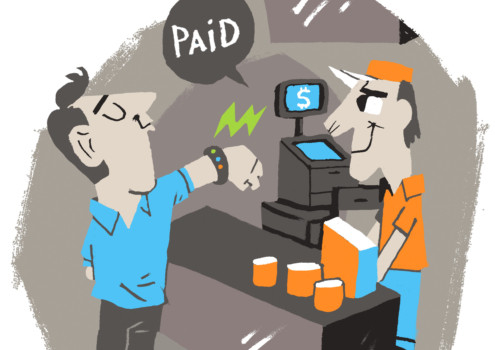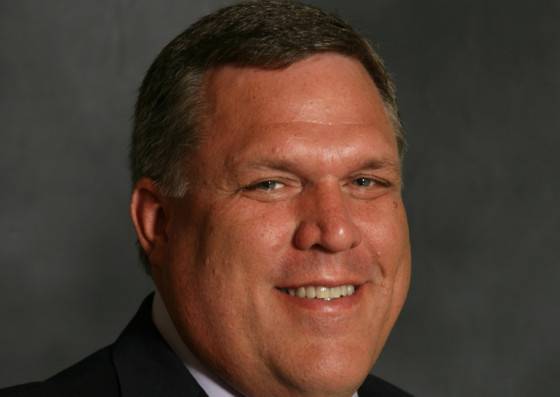
Dubai
Many consumers are using smartphones to make mobile payments now. Will wearable devices like Google Glass, smartwatches and wristbands become the next mode of payment for the industry?
Yes, says Robert W. Reeg, President of Global Technology and Operations at MasterCard.
“There is a change every day; something is coming to the forefront. Wearable devices are gaining traction. Who knows which one is going to take off as the next major source of commerce?” he told Gulf News.
Today, mobile phones play a major role in everyday life of the people. Some people don’t wear watches as they have a phone. Phones provide the daily emails, calendar and that is the device which is always in the hands of the people.
Similarly, many are using wearable devices to keep track of their fitness, calories intake and sleep patterns every day.
Wallaby Financial, a US-based mobile and credit card optimization solutions company, has launched a financial app for providing real-time financial decision making and provides advice on which card will be the best to use at any particular time.
Even MasterCard showcased its digital shopping experience with Goggle Glass using its contactless payment cards called ‘MasterPass’ at Gitex last year.
“Challenges are there, just like any other new technologies, which needs to be addressed before replacing smartphones,” Reeg said.
Google Glass is a novelty now, “I don’t know whether it will become as a main source for mode of payment.”
But near field communications (NFC) will definitely continue to grow, he said, and added that consumers will continue to see the “convenience factor” playing a key role and shaping the payment industry.
About 85 per cent of the transactions are made by cash and cheque across the world whereas it is 90 per cent in the region.
He said that part of our Mastercard Labs is to work with all these payment devices. The biggest factor we see is the convenience factor for the end users.
Mobile wallets are struggling to find adoption across the world through smartphones and wearables are expected to be the new source for more secure and efficient payment methods.
But security is one key issue for the payment industry, he said.
With stolen card data, hacks and identity theft on the rise, credit card companies are increasingly looking to strengthen security.
“We have created a completely separate company four months ago focusing on safety and security. We are working on a lot security features like biometrics, iris scan and facial recognition into the mobile devices. Demand for these security features will create demand for this to happen fast,” he said.
MasterCard is partnering with tech company Syniverse to beef up security on mobile payments. The project, still in pilot-phase, uses the smartphone’s geolocation before accepting the transaction.
Syniverse is a great company and “we are going to work with them on a variety of products and they have mobile solutions and good relationships with telcom operators,” Reeg said.
The main challenges “we see are the security and regulatory bodies. We work in more than 210 countries and 210 regulatory bodies. The ability for governments to shape their regulatory environments varies greatly. In some cases, regulation is not up-to-date with technology,” he said.
MasterCard sees 2014 to be another great year. Growth is going to be a “continuing path” for us.
“Mobile is the frontier and right around the corner for us. Once we solve the person-to-person payments and make it easier for people to do low-value payments, then it will take off and we see that in the next few years,” he added.











